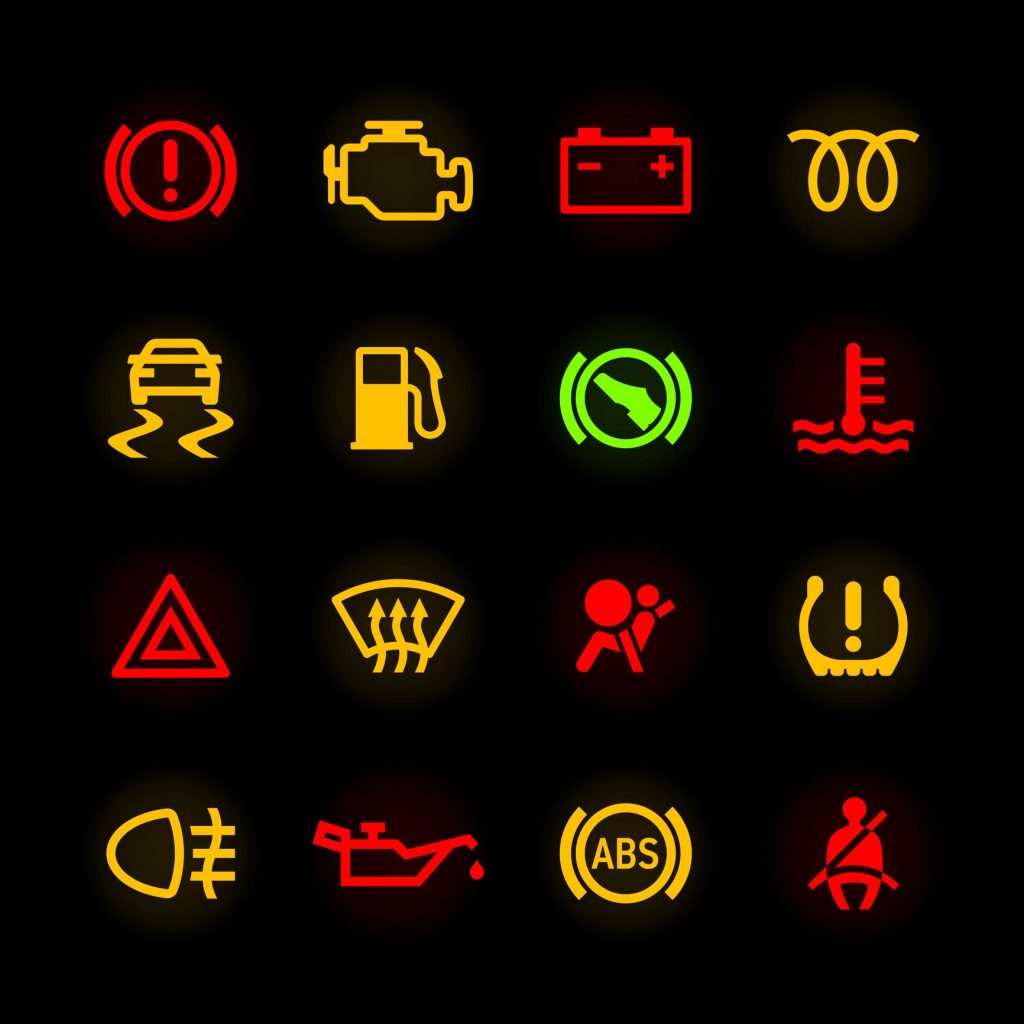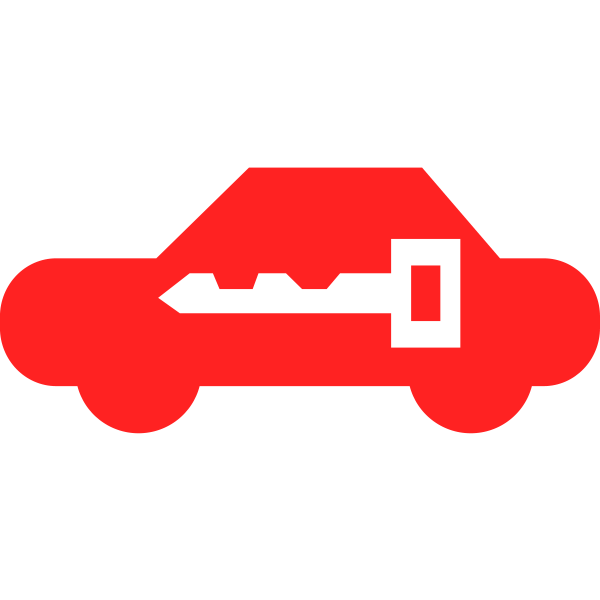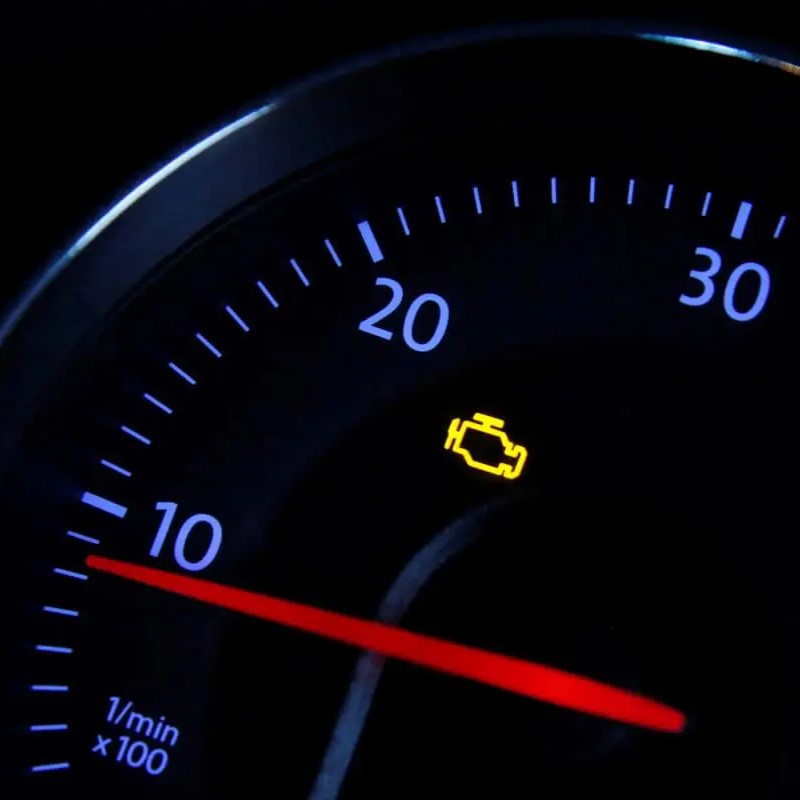Have you ever been driving along and suddenly noticed a warning light illuminating on your dashboard? One of the most concerning lights is the engine oil pressure warning light. This red light indicates a potential problem with your engine’s lubrication system. If not addressed promptly, it can lead to serious engine damage.
In this comprehensive guide, we will discuss what the engine oil pressure warning light means, its potential causes, and the steps you should take if it illuminates. We will also provide valuable tips on preventing future issues and maintaining your vehicle’s overall health.
Understanding the Engine Oil Pressure Warning Light
The engine oil pressure warning light serves as a crucial indicator of your engine’s health. It illuminates when the oil pressure in your engine falls below a safe operating level. Oil pressure is essential for lubricating the moving parts of your engine, preventing excessive wear and friction.
When the oil pressure drops, these parts can begin to rub against each other, generating heat and potentially causing damage. In severe cases, the engine can seize up completely.

Common Causes of the Engine Oil Pressure Warning Light
Several factors can contribute to a low engine oil pressure warning light. Some of the most common causes include:
- Low Oil Level: The most common reason for a low oil pressure warning light is simply a lack of oil in the engine. This can occur due to oil leaks, excessive oil consumption, or simply forgetting to check and refill the oil.
- Blocked Oil Filter: Over time, the oil filter can become clogged with dirt and debris, restricting the flow of oil to the engine. This can lead to reduced oil pressure.
- Worn Oil Pump: The oil pump is responsible for circulating oil throughout the engine. If the oil pump is worn or damaged, it may not be able to deliver adequate oil pressure.
- Thickened Oil: In cold weather, engine oil can become thick and viscous, making it harder for the pump to circulate. This can temporarily reduce oil pressure until the oil warms up.
- Engine Damage: In some cases, the engine oil pressure warning light may be a symptom of underlying engine damage, such as a worn bearing or a damaged crankshaft.

What to Do When the Engine Oil Pressure Warning Light Comes On
If the engine oil pressure warning light illuminates while you are driving, it is important to take immediate action. Here are the steps you should follow:
- Pull Over Safely: As soon as it is safe to do so, pull your vehicle over to the side of the road. Avoid shutting off the engine immediately, as this can cause additional damage.
- Check the Oil Level: Use the dipstick to check the oil level. If it is low, add the appropriate amount of oil. Be sure to consult your vehicle’s owner’s manual for the recommended oil type and viscosity.
- Inspect for Leaks: Look for any visible signs of oil leaks under the vehicle. If you find a leak, try to identify the source and have it repaired as soon as possible.
- Don’t Restart the Engine: If the oil level is low or you suspect a serious problem, do not attempt to restart the engine. Doing so could cause further damage.
- Call for Assistance: Contact a tow truck or roadside assistance service to have your vehicle towed to a mechanic for inspection and repair.
Importance of addressing low oil pressure promptly to prevent engine damage
Low engine oil pressure is a serious issue that can lead to significant engine damage if not addressed promptly. Oil acts as the lifeblood of your engine, lubricating moving parts and preventing excessive wear and friction. When oil pressure drops below a safe level, these parts can begin to rub against each other, generating heat and potentially causing damage.
Consequences of Low Oil Pressure:
- Seizing: In severe cases, the engine can seize up completely, rendering it inoperable. This can be a costly and time-consuming repair.
- Bearing Damage: Low oil pressure can cause damage to bearings, which are critical components that support rotating parts. Bearing failure can lead to engine failure.
- Reduced Engine Performance: Low oil pressure can reduce engine performance, resulting in decreased power and fuel efficiency.
- Increased Wear and Tear: Insufficient lubrication can accelerate wear and tear on engine components, leading to a shorter engine lifespan.
Why Prompt Action is Essential:
- Preventing Catastrophic Failure: Addressing low oil pressure promptly can help prevent catastrophic engine failure, saving you from potentially thousands of dollars in repairs.
- Maintaining Engine Health: By maintaining adequate oil pressure, you can help ensure the long-term health and performance of your engine.
- Avoiding Costly Repairs: Ignoring low oil pressure can lead to more extensive engine damage, requiring more costly repairs.
Steps to Take When the Oil Pressure Warning Light Comes On:
- Pull Over Safely: As soon as it is safe to do so, pull your vehicle over to the side of the road.
- Check the Oil Level: Use the dipstick to check the oil level. If it’s low, add the appropriate amount of oil.
- Inspect for Leaks: Look for any visible signs of oil leaks.
- Don’t Restart the Engine: If the oil level is low or you suspect a serious problem, do not attempt to restart the engine.
- Call for Assistance: Contact a tow truck or roadside assistance service to have your vehicle towed to a mechanic.
Remember: Ignoring low oil pressure can have serious consequences. If you notice the oil pressure warning light illuminated, take immediate action to protect your engine.
Preventing Future Engine Oil Pressure Issues
To help prevent future engine oil pressure problems, follow these tips:
- Regular Oil Changes: Change your engine oil and filter according to the recommended service intervals for your vehicle. This will help keep your engine clean and well-lubricated.
- Check Oil Levels Regularly: Regularly check your engine oil level using the dipstick. Ensure that the oil level is between the “full” and “add” marks.
- Use the Correct Oil: Always use the type and viscosity of oil recommended by your vehicle’s manufacturer. Using the wrong oil can lead to premature wear and damage.
- Address Leaks Promptly: If you notice any oil leaks, have them repaired as soon as possible. Ignoring leaks can lead to more serious problems.
- Listen to Your Engine: Pay attention to any unusual noises or vibrations coming from your engine. These could be signs of a problem that needs to be addressed.

Guidelines for responding
If the engine oil pressure warning light illuminates while you are driving, it is important to take immediate action. Here are the steps you should follow:
- Pull Over Safely: As soon as it is safe to do so, pull your vehicle over to the side of the road. Avoid shutting off the engine immediately, as this can cause additional damage.
- Check the Oil Level: Use the dipstick to check the oil level. If it is low, add the appropriate amount of oil. Be sure to consult your vehicle’s owner’s manual for the recommended oil type and viscosity.
- Inspect for Leaks: Look for any visible signs of oil leaks under the vehicle. If you find a leak, try to identify the source and have it repaired as soon as possible.
- Don’t Restart the Engine: If the oil level is low or you suspect a serious problem, do not attempt to restart the engine. Doing so could cause further damage.
- Call for Assistance: Contact a tow truck or roadside assistance service to have your vehicle towed to a mechanic for inspection and repair.
Remember: The engine oil pressure warning light is a serious indicator of potential engine problems. If you notice this light illuminated, it is important to take immediate action to prevent further damage.
The engine oil pressure warning light is a serious indicator of potential engine problems. If you notice this light illuminated, it is important to take immediate action to prevent further damage. By understanding the causes of low oil pressure and following the steps outlined in this guide, you can help ensure the long-term health of your vehicle’s engine.





